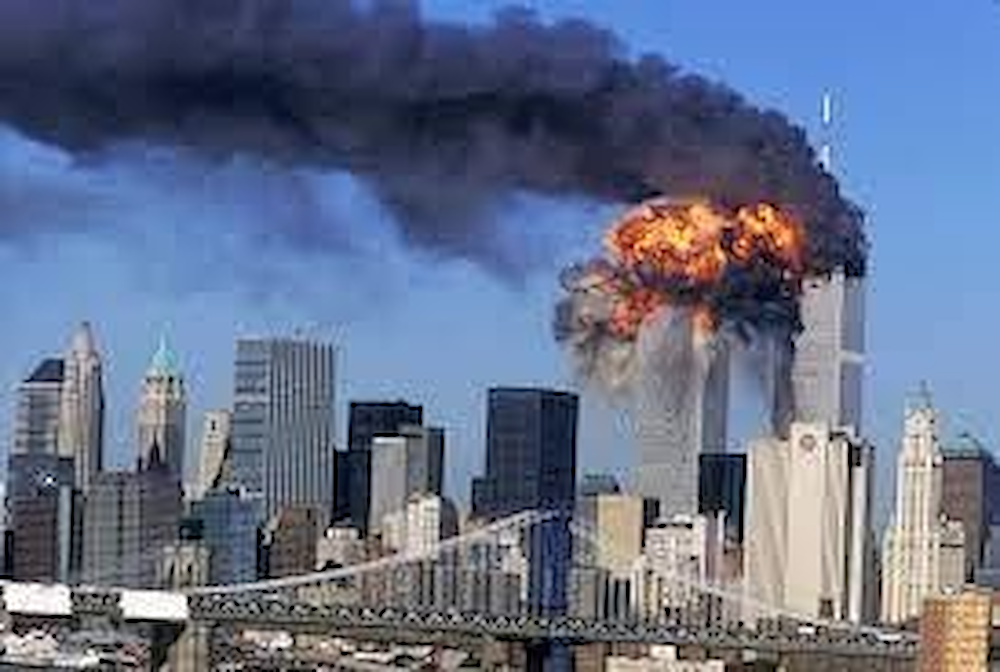September: USEUCOM & NATO, September 11, 2001
By: LTC Andrew Breithaupt, USAR
On September 11, 2001, the global security posture drastically changed in just a matter of hours. The US military had not conducted large-scale combat operations since the first Gulf War era and this too was all about to change. That morning at 8:46am in New York City an American Airlines Boeing 767 jetliner piloted by 5 hijackers slammed into the north tower of the World Trade Center. Then at 9:02am a second hijacked 767 aircraft crashed into the center’s south tower. Next at 9:37am a hijack

By the late afternoon of September 11 in Stuttgart, the garrison was locking down rapidly in response. The local posts were all placed in “force protection level Delta” providing the most proactive security possible. Quick reaction teams comprised of armed service members went into action at every gate as a result of the heightened state of alert. All vehicles entering Patch Barracks were searched as a prudent measure, DoD schools were closed, and families were directed to remain in their residences. At that point there was no way to tell if follow-on coordinated attacks against US assets or installations abroad were imminent.
Despite heightened tensions, the succeeding days witnessed an outpouring of solidarity from the local German community. Local residents steadfastly showed their support for the American garrison, and families lined the roads entering Patch Barracks displaying handmade signs. Masses of flowers were also laid at the entrance creating makeshift memorials in remembrance of the thousands of Americans who had died in the attacks. In an interview with Armed Forces Network shortly after the attacks, Marine Corps General Charlton Fulford, the USEUCOM Deputy Commander, expressed his initial thoughts and said: “I think my first reaction was horror, and then my second reaction was anger – for anyone to do this to any nation in the world, much less the United States of America.”

On September 12, 2001, NATO invoked Article V declaring the attack on September 11 against the United States as an attack against all NATO members. This historic action marked the only time since the alliance’s creation in 1949 that Article V had been invoked. Later on October 8, the alliance initiated Operation EAGLE ASSIST by deploying airborne warning and control system (AWACS) aircraft and crews from 12 participating nations to assist in patrolling North American skies. This also marked the first time NATO forces had deployed to the U.S. for a real contingency. By the time the operation ended on May 16, 2002, seven of the AWACS aircraft had flown over 360 sorties in support of the regular ONE air patrols. For their contribution, the NATO AWACS Component was awarded the Joint Meritorious Unit Award by Secretary of Defense Donald Rumsfeld.
Following the September 11 attacks, USEUCOM found itself quickly changing gears from a post-Cold War capacity and coalition building focus, to embracing terms such as Enable Global Operations. The command leveraged its relationships with NATO and other partner nations to sustain the projection of combat power into the U.S. Central Command theater over the years to come. This close relationship remains an ongoing part of the command’s efforts to this very day.
LTC Andrew Breithaupt, USAR, is a career Army aviator and has served as the reserve Deputy USEUCOM Historian since January 2020. He also has over 19 years of experience as a border security agent and Senior Official for the Department of Homeland Security with US Customs and Border Protection.


